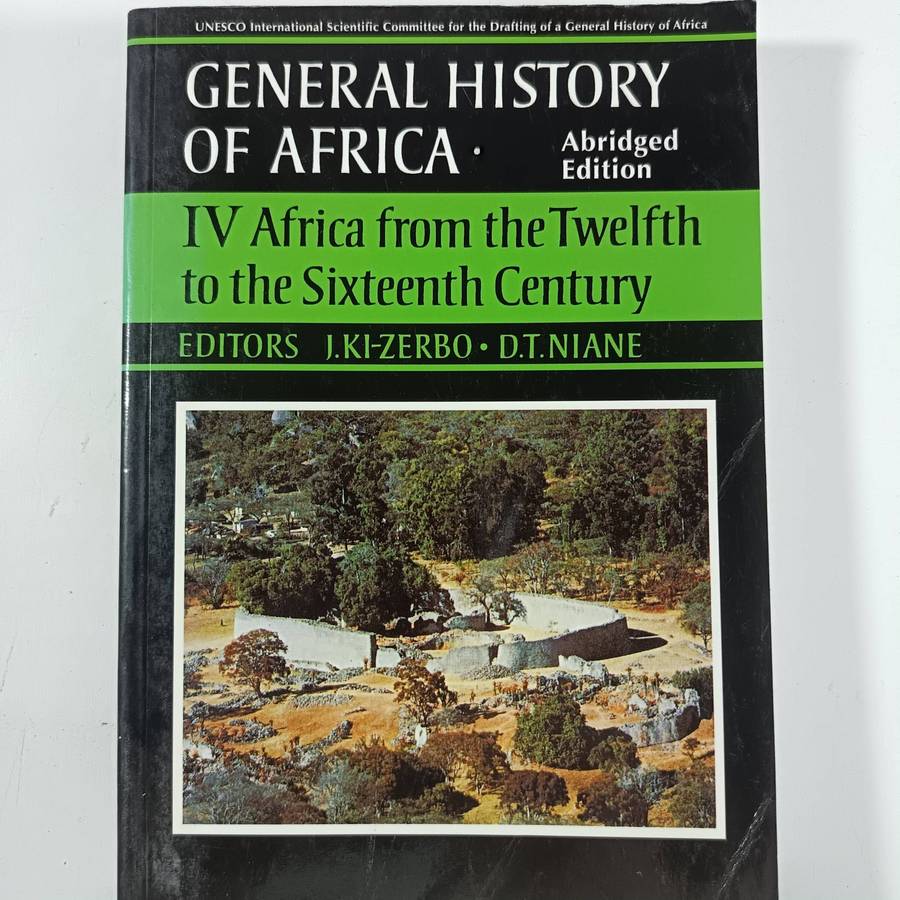
















UNESCO Gen. History of Africa Vol IV Abridged: Africa 12th‑16th Century | Ki‑Zerbo & Niane
Check my rate
| Main centres: | 1-3 business days |
| Regional areas: | 3-4 business days |
| Remote areas: | 3-5 business days |

















| Main centres: | 1-3 business days |
| Regional areas: | 3-4 business days |
| Remote areas: | 3-5 business days |
This abridged edition of Africa from the Twelfth to the Sixteenth Century (Volume IV of the UNESCO General History of Africa) is an academic yet accessible overview of an important precolonial era. Edited by Joseph KiZerbo and DjiBril Tamsir Niane, it maps the political, cultural, religious and economic histories of Africa in that period. Key topics include the rise and decline of major empires such as Mali and Songhay, Islams deepening influence in the Maghreb and other regions, the growth of coastal trading networks, Swahili civilization, and the development of societies in the Great Lakes, Nubia, the Horn of Africa, Southern Africa, and more.
Key Topics Covered:
The political history of the Maghreb under the Almohads, their decline and the aftermath
The rise, glory, and decline of the Mali Empire; expansion of the Mandingo people
Songhay Empire and its significance from the 12th to 16th centuries
Kingdoms and societies in the Niger Bend, Volta basin, Chad, Hausa region, Cameroon, ivory coast & others
Swahili civilization, Horn of Africa (Solomonids), Nubia, Zambezi & Limpopo basins, Southern Africa societal development
Spread and influence of Islam, cultural exchanges, and trade networks both internal and with outside regions
UNESCO General History of Africa, Volume IV, abridged edition, Africa 12th16th century, Joseph KiZerbo, Djibril Tamsir Niane, precolonial Africa, Mali, Songhay, Maghreb, Swahili civilization, African kingdoms, trade in Africa, Islamic influence, African history textbook